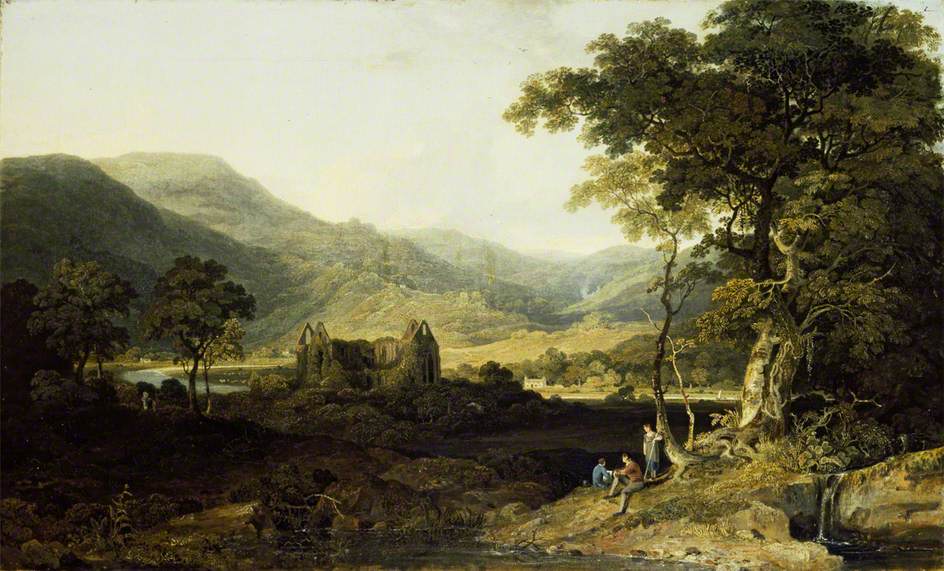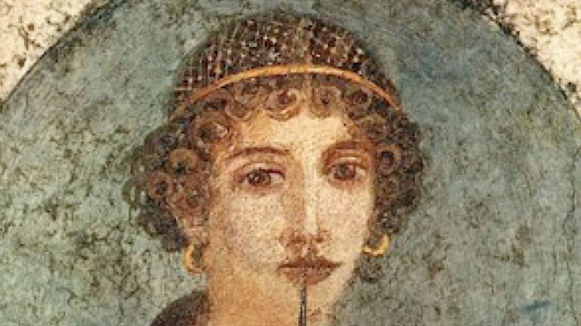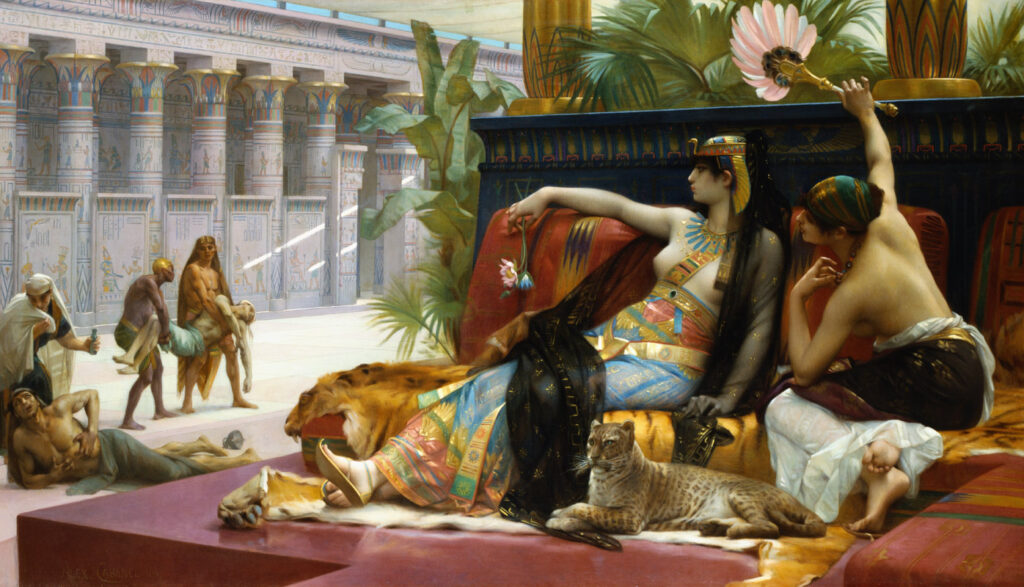Home » Posts tagged 'description' (Page 2)
Tag Archives: description
Lyrical Ballads, and other early poems
William Wordsworth
1785-1799
(A poetic sage takes lessons on goodness and beauty from nature.)

A man of wisdom, a poet of nature, is Wordsworth. These are the goals to which he aspires, goals that are discernable in his work from a very early age. He wrote many of his greatest poems in the years covered here, before he reached 30. Wisdom, or more specifically a yearning for and contemplation of goodness and beauty, suffuses his poetry. Thus he is keen to deliver moral advice, and almost seems to teach or prophesy rather than reflect. But it is the deepest and most profitable kind of reflection, I can almost hear him replying, whose results teach the reflector something. And since he insists in the Preface to his Lyrical Ballads that he writes each poem with a purpose, and with the intent of delivering objective truths rather than ideas that one may take or leave as a matter of preference, we must prepare for a slight didactic or pedagogical flavor now and then. For Wordsworth, though firmly against elitism in poetry, is aware of his own wisdom, and is driven to share it with others. The topics range from attitudes towards people (as in “Matthew”), to attitudes towards nature (as in “Lines Written in Early Spring”), to a straightforward exhortation to be good (as in “Goody Blake and Harry Gill”). He imparts his values on social matters as well, regarding for instance the evil of slavery (at the end of “Descriptive Sketches”), the necessity of legislated charity (at the beginning of “The Old Cumberland Beggar”), and thoughts on education (e.g. “Expostulation and Reply”).
Sappho’s poetic fragments
Sappho
7th-6th centuries BC
(The tenth muse expresses beauty, love, and the contents of her heart.)

Αιαι. Aiai! If only our dinner hosts still upheld the custom of ordering beautiful recitations over the wine! So it was in the days when some, at least, still believed in the Muses. On one of these evenings, Solon the Athenian stopped his nephew Execestides, who had just sung a song. “Teach it to me,” he said. Then he turned to an inquiring fellow guest. “I want to learn it and die.” (Aelian, in Stobaeus’ Anthology 29.58). The ancients spoke of only one poet in such tones: Sappho (Σαπφώ, spelled in her dialect Ψάπφω). Strabo called her the greatest poetess (Geography 13.617). Her people the Mytilenaeans engraved her on their coins (Pollux, Vocabulary 9.84). Plato called her the tenth muse (Palatine Anthology 9.506). We can surmise, then, how precious her works must have been to these many admirers through the centuries, these classical devotees of expression and imagery. Once, a volume of her poetry was taken from the town hall of Syracuse. “How sorely this stolen Sappho was missed,” moaned Cicero, “is almost more than words can tell” (Orations against Verres 2.4.57). Who would have thought that anything could even “almost” leave our eloquent Tully at a loss for words! But just imagine how his tongue would have failed him if not just one volume but her entire works had been stolen, and not just from a town library but from the whole world! For we are in this very state today, by some unhappy accident of history. All we have of her nine books of poetry are a couple hundred fragments, most of them mere words or phrases that scholars have gleaned painstakingly from quotations throughout Greek and Latin literature. A great irony lies in the epitaph Pinytus wrote for her, whose promise has sadly failed: “This tomb hath the bones and the dumb name of Sappho, but her wise utterances are immortal” (Palatine Anthology 7.16).



